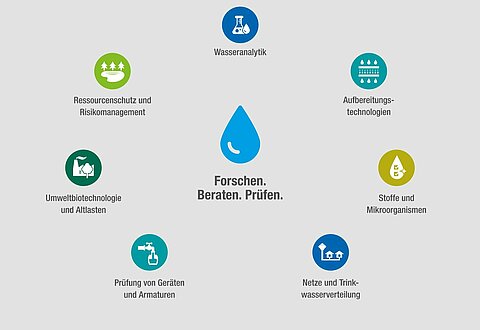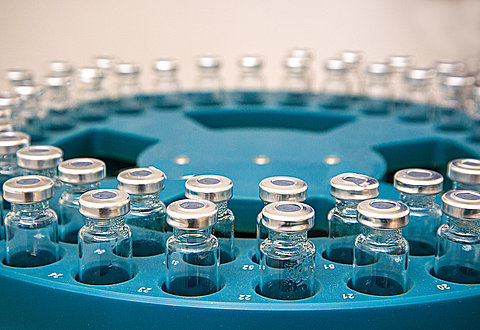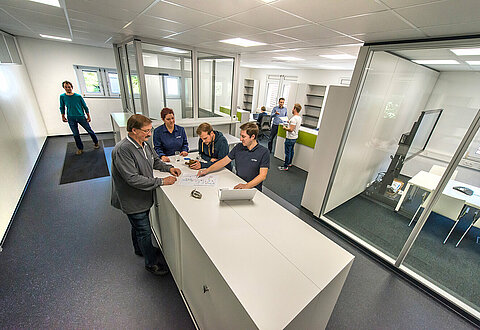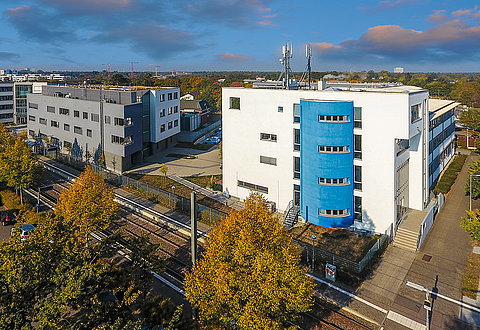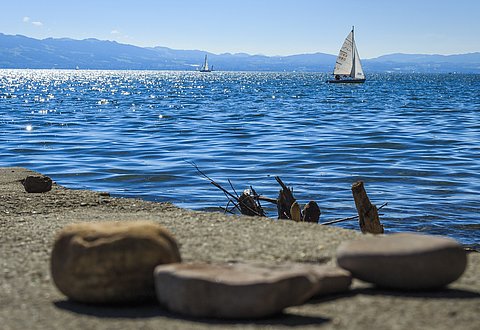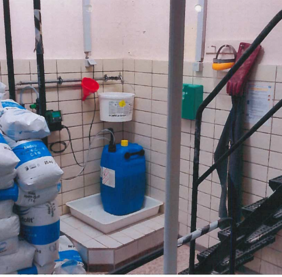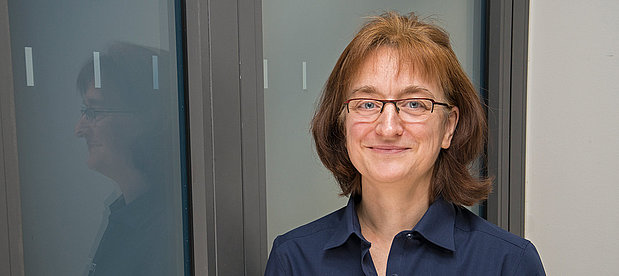Chlorate enters drinking water through sodium hypochlorite and chlorine dioxide dosing. The aim of the project was to obtain an overview of the chlorate concentration in drinking water in Germany.
The 19th amendment to the list of preparation substances and disinfection processes in accordance with Section 11 of the German Drinking Water Ordinance stipulated maximum values of chlorate in drinking water for the use of sodium and calcium hypochlorite and chlorine dioxide for disinfection.
As part of the project, the chlorate concentration in drinking water and the chlorate concentration in the disinfectant solution was determined at 10 water supply companies in 51 locations.
When evaluating the measurement programme it was noted that for the standard disinfectant quantities added in Germany to disinfected drinking water, the permitted chlorate concentration of 70 µg/l was not exceeded, provided that the guidelines on the storage conditions of sodium hypochlorite were observed as specified in the technical regulations.
However, the dosage of the maximum permitted additive quantity of chlorine or of chlorine dioxide could result in the permitted maximum chlorate value being exceeded based on the chlorate content in the dosing solution in drinking water.
As a result of the project, a request was made to revise the DIN EN 901 (sodium hypochlorite) standard with regard to the maximum permitted chlorate content. Further studies were performed in another research project with the aim of limiting the chlorate content in sodium hypochlorite solutions.
Publications:
Wricke, B.; Bornmann, K.; Schmidt, W.; Nüske, G.: Chloratkonzentration in Trinkwässern in Deutschland [Chlorate concentration in drinking water in Germany]. DVGW energie|wasser-praxis 03/2018, 42-47 (2018)


![[Translate to English:] Prüfstelle-Produktprüfung_Teststand Test centre and product testing](/fileadmin/_processed_/0/9/csm_TZW-Karlsruhe_Pruefung_Geraete-Teststand_444204ae51.jpg)
















